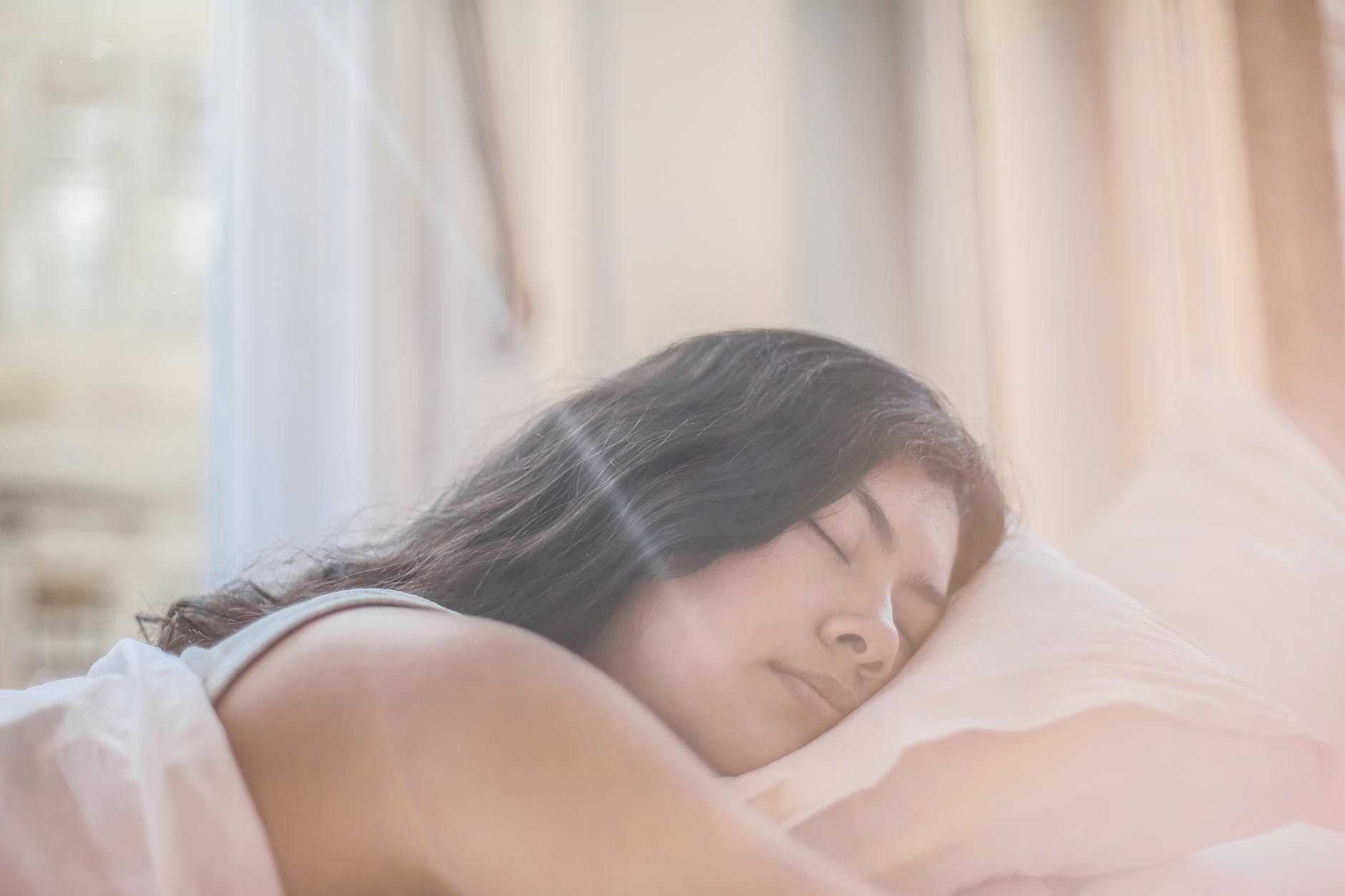15% of Singapore's population suffer from sleep apnoea. Do you?

Often wake up with a headache or find yourself excessively sleepy in the day? You just might be suffering from sleep apnoea, a sleep disorder in which breathing repeatedly stops and starts. After all, studies have shown that 15 per cent of Singapore’s population is afflicted with this condition.
“It might not seem like a big number, but it is surprisingly large. If left untreated, sleep apnea can become a health risk,” says Dr Samintharaj Kumar, CEO of Nuffield Dental Group and Nuffield Aesthetics. Read on to find out more about the symptoms and treatment options.

There are three types of sleep apnoea: Obstructive sleep apnoea (where the airway at the back of the throat becomes physically blocked, and the blockage causes temporary lapses in breath); central sleep apnoea (the underlying cause lies with the brain’s system for controlling muscles involved in respiration, leading to decreased intake of breaths and shallower breathing); and mixed sleep apnoea (when a person suffers from both obstructive and central sleep apnoea).
But regardless of the type, the symptoms are largely the same. Apart from those listed above, tell-tale signs also include irritability, disrupted breathing, limited attention span and difficulty in thinking clearly. Those suffering from obstructive sleep apnoea may also snore or wake up with a sore throat or dry mouth.
“These multiple sleep interruptions from sleep apnoea prevents one from sleeping well, leaving them feeling lethargic. And it’s not just mood swings or fatigue, sleep apnoea can contribute to cardiovascular problems such as heart disease, diabetes, and other long-term health risks,” says Dr Kumar.
In a nutshell, it’s a good idea to check if you suffer from sleep apnoea and to seek out treatment if you do. According to Dr Kumar, the most effective treatment for mild to severe sleep apnoea at present is continuous positive airflow pressure therapy, where a machine delivers a steady stream of air as one sleeps using a hose and airtight mask or nose piece.
He also recommends regular exercise (it decreases sleep apnoea breathing episodes); weight loss if overweight (it can reduce the number of irregular breathing episodes, lower blood pressure and decrease daytime sleepiness); and sleeping on the side (lying on the back is the worst position for sleep apnoea as it causes the jaw, tongue, and other soft tissues to drop back toward the throat, narrowing the airway).
Smokers should also consider quitting as smoking increases inflammation and fluid retention in the throat and upper airway.
And here’s the thing: You don’t necessarily have to go to a doctor to check if you have sleep apnoea – a dentist will also be able to make a diagnosis as the condition results in signs of teeth grinding, worn teeth and gum recession. A dental professional will also be able to administer treatment.
[[nid:395553]]
“The use of a dental device that prevents the tongue from blocking the throat, hence allowing air to flow through the airways unobstructed, would be prescribed,” he says.
A Mandibular advancement devices (MADs), which are meant to increase the size of the upper airway, might also be used, and in more severe cases, the patient will be asked to consider undergoing uvulopalatopharyngoplasty–a surgery that entails tissue rearrangement at the uvula, palate and throat walls.
Think it all sounds very uncomfortable and worried about pain? Don’t be.
“Most patients who have undergone dental solutions for sleep apnoea have given feedback that they do not experience pain during the surgical procedure at all,” says Dr Kumar.
“They may experience a sore throat or discomfort after the surgery but the ailments can be countered with pain killers. For the other alternative treatments listed, most patients have indicated little to no pain at all.”
This article was first published in Her World Online.